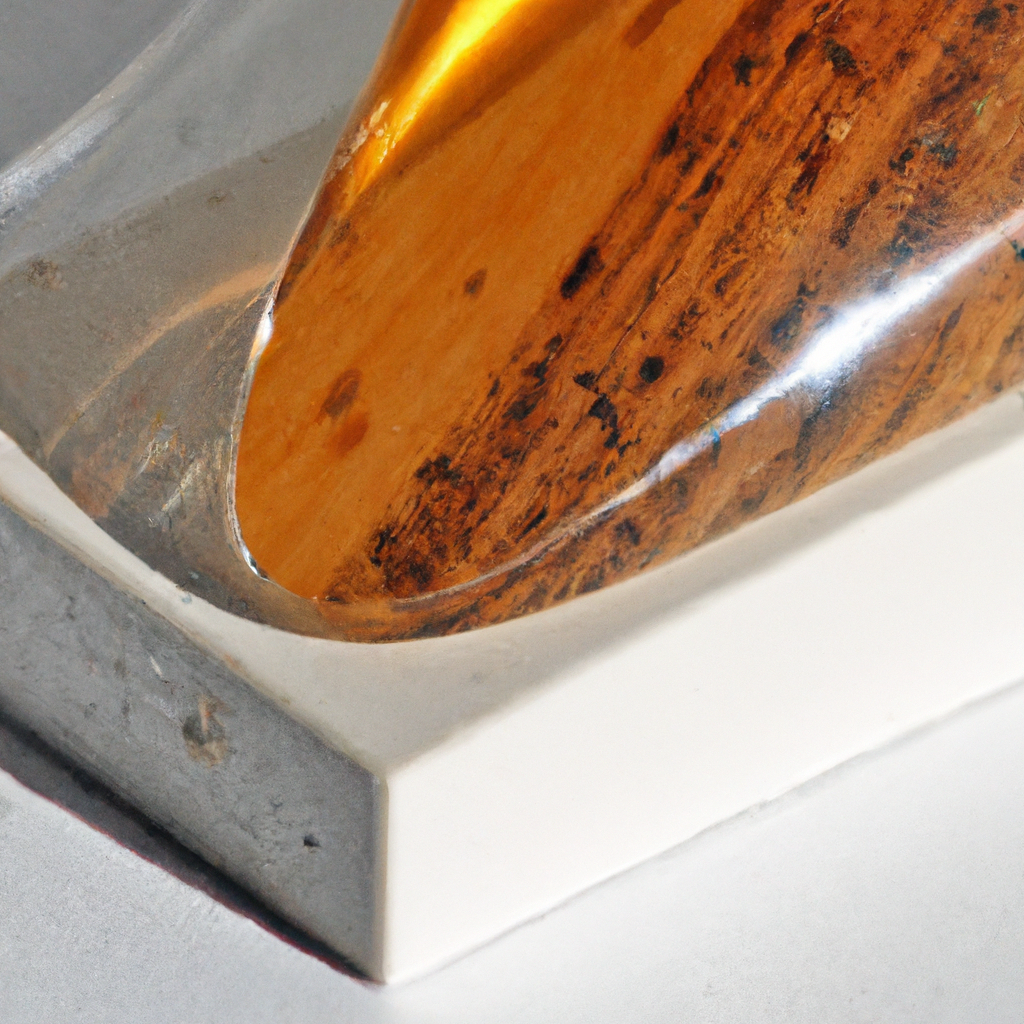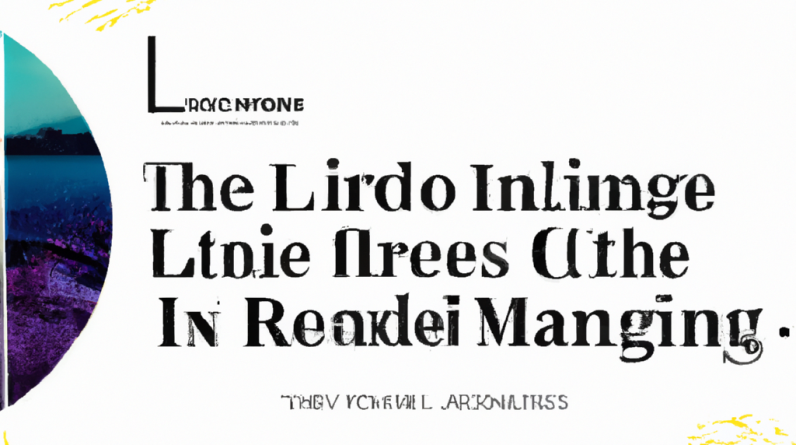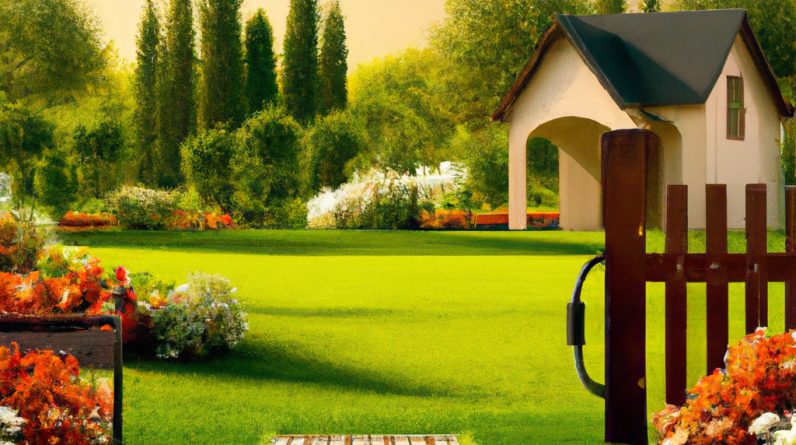
Warm Minimalism offers a fresh perspective on minimalist design, aiming to address the criticisms often associated with it. While minimalist architecture and interior design have been criticized for their perceived coldness and lack of homeliness, Warm Minimalism seeks to make minimalism more inviting and welcoming. By incorporating warm tones, such as beiges and creams, as well as lighter and richer timbers and stones, Warm Minimalism adds a touch of warmth and comfort to minimalist spaces. Ultimately, this approach encourages a balance between the simplicity and functionality of minimalism and the cozy atmosphere of a truly inviting home.
Table of Contents
The Criticisms of Minimalist Design
Minimalist design often faces criticism from those who believe it lacks warmth and personality. Homes are sometimes described as hospital rooms, soulless, unhomely, cold, and even depressing. These perceptions have led to a divide in opinions, where some people love minimalist design while others absolutely hate it. It is important to understand these criticisms and find ways to address them in order to create more inviting and comfortable minimalist spaces.
The Origins of Minimalism
Minimalism as a design movement originated in the 1960s as an art movement before it became a popular architectural style. It draws inspiration from the Bauhaus and International styles, which emerged in the 1920s and 30s. These styles emphasized simplicity, functionality, and the use of industrialized materials such as glass, steel, and reinforced concrete. Minimalism also has strong ties to Japanese history and Zen philosophy, which stress inner freedom and peace through simplicity.
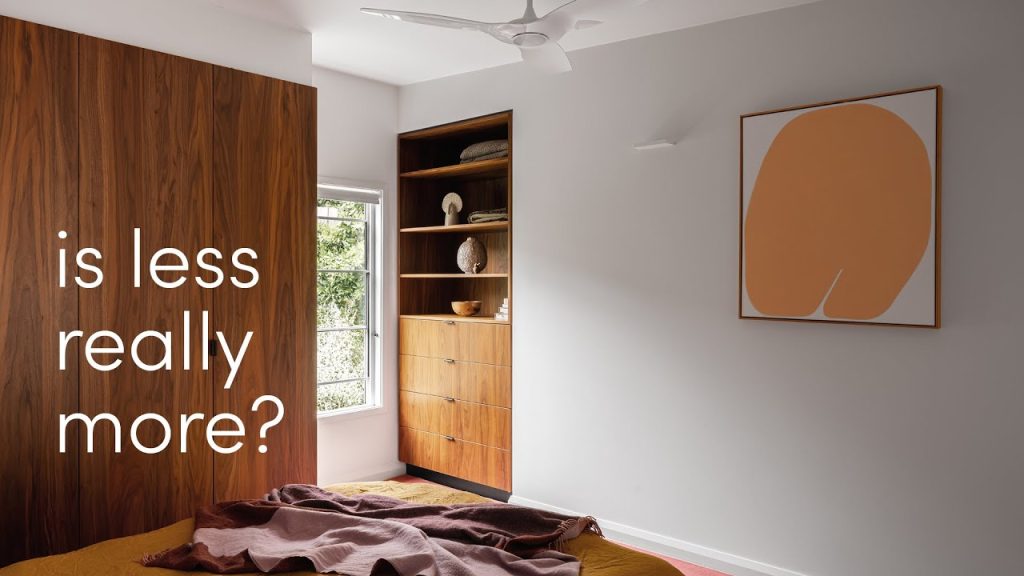
Understanding Minimalist Design
Minimalist design is characterized by its simplicity and functionality. It focuses on clean lines, absence of ornamentation, and a limited material palette. The goal is to create spaces that are visually appealing and highly efficient, without unnecessary clutter or distractions. By limiting the use of materials and emphasizing clean forms, minimalist design aims to achieve a sense of balance and tranquility.
The Concept of Warm Minimalism
Warm Minimalism is an approach that seeks to counter the criticisms of minimalism by incorporating warm tones and textures into the design. Instead of relying solely on whites and blacks, Warm Minimalism embraces beiges and creams. Texture options like lime wash can add depth to surfaces, and the use of warm timbers such as oak can create a cozy atmosphere. By introducing these elements, Warm Minimalism aims to make minimalist spaces more inviting and homely.

Balancing Warmth and Restraint
Scandinavian and Japanese homes serve as excellent examples of how to balance warmth and restraint in minimalist design. These homes achieve homely warmth through the use of warm materials like wood and incorporate cozy textiles and furniture. They also maintain the principles of minimalism by keeping clean lines and uncluttered spaces. Finding this balance is crucial in creating spaces that are both visually appealing and comfortable to live in.
The Importance of Colors and Textures
Colors and textures play a significant role in minimalism. They contribute to the overall aesthetic and can greatly impact the feeling of a space. While traditional minimalism often relies on a limited color palette of whites and neutrals, Warm Minimalism expands the range to include warmer tones like creams and beiges. It also introduces textures like lime wash or natural timbers to add visual interest and warmth to the design.

Subjectivity of Design Preferences
It is important to consider that everyone has different design preferences. While minimalist design may not appeal to everyone, it is crucial to respect individuality in home design. Homes should be an expression of our personal tastes and interests. Some people find solace and beauty in minimalism, appreciating its simplicity and tranquility. By recognizing and respecting different design preferences, we can foster a more inclusive and diverse design community.
Warm Minimalism as a Personal Sanctuary
What may feel cold and soulless to one person can be another’s sanctuary. The beauty of design lies in its subjectivity. Warm Minimalism offers a way to bring comforting elements into minimalistic spaces, creating sanctuaries that cater to personal preferences. By incorporating warm tones, textures, and materials, minimalist spaces can become inviting and comforting, providing a sense of homeliness and tranquility.
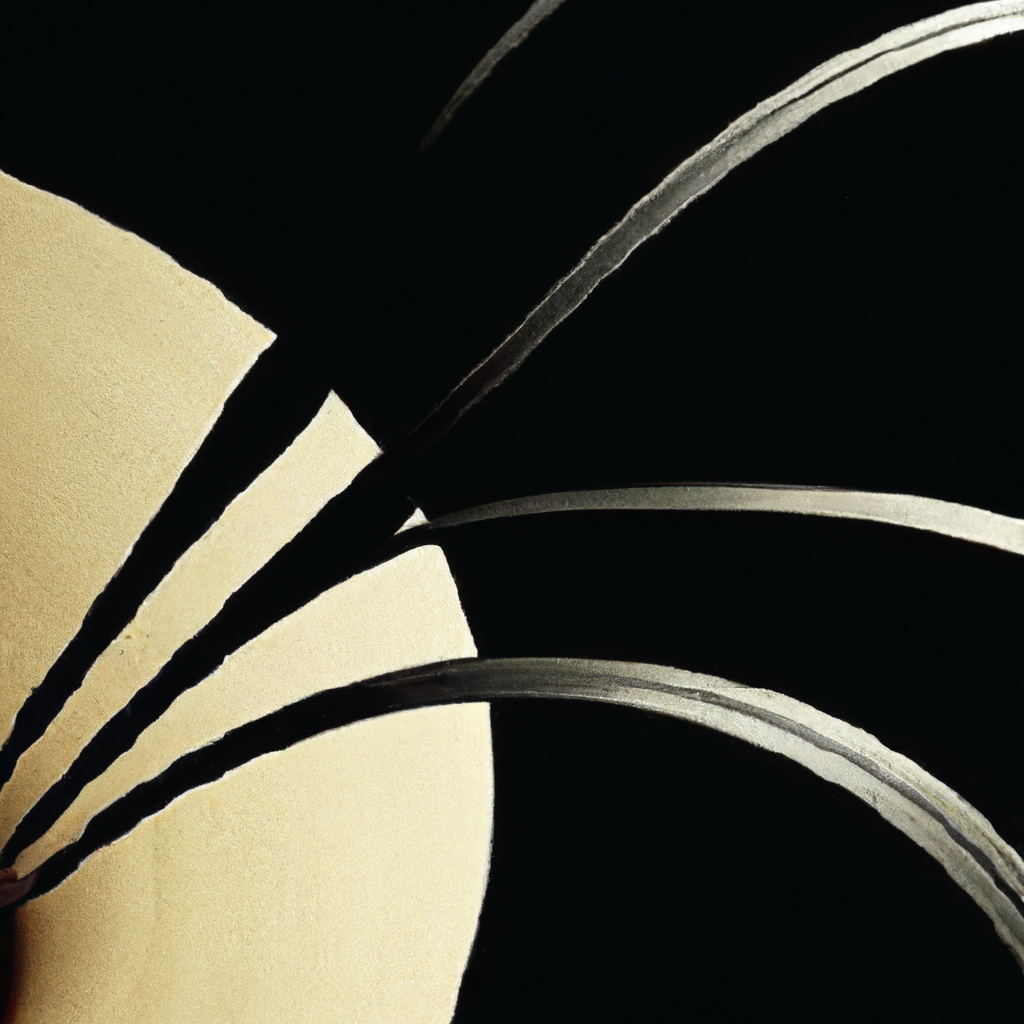
Potential Solutions to Criticisms
Warm Minimalism presents itself as a potential solution to the criticisms of minimalism. By combining warmth and simplicity, it offers a way to create inviting and homely spaces while maintaining the principles of minimalism. The incorporation of warm tones, textures, and materials can enhance the comfort and aesthetic appeal of minimalist design, bridging the gap between minimalist aesthetics and a sense of homeliness.
Conclusion
Minimalist design may receive criticisms for its perceived lack of warmth and personality. However, Warm Minimalism offers a promising approach to address these concerns. By introducing warm tones, textures, and materials, minimalist spaces can become more inviting, comfortable, and personalized. Embracing the beauty of minimalism while incorporating elements of warmth allows for the creation of visually appealing and cozy spaces. Ultimately, creating a balance between simplicity and warmth is key to achieving successful minimalist design.
